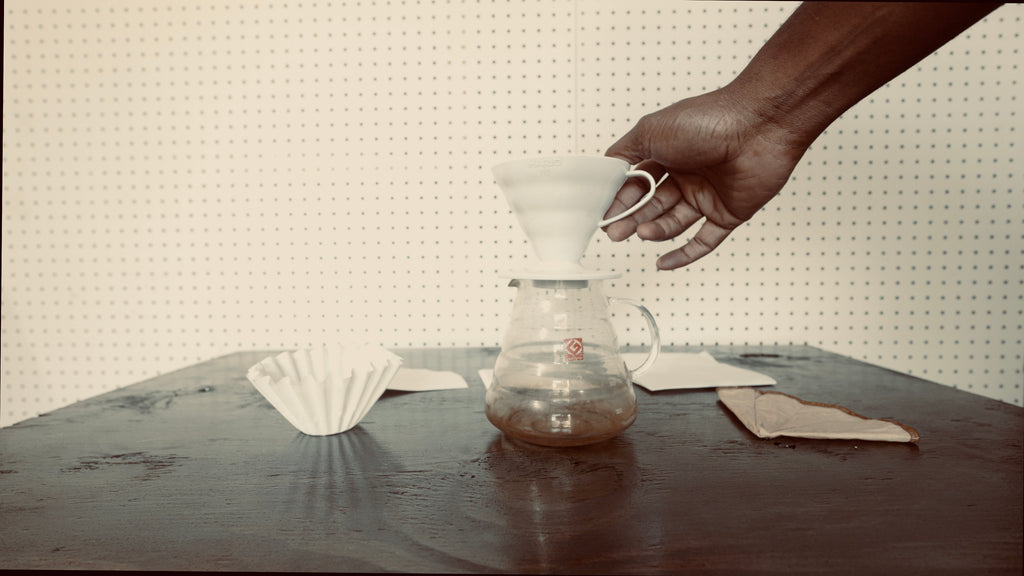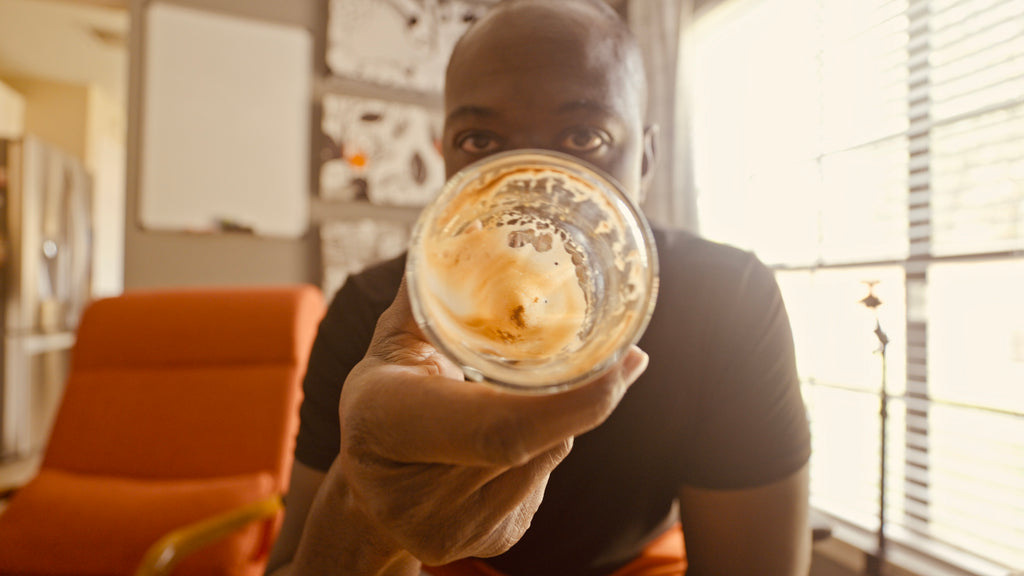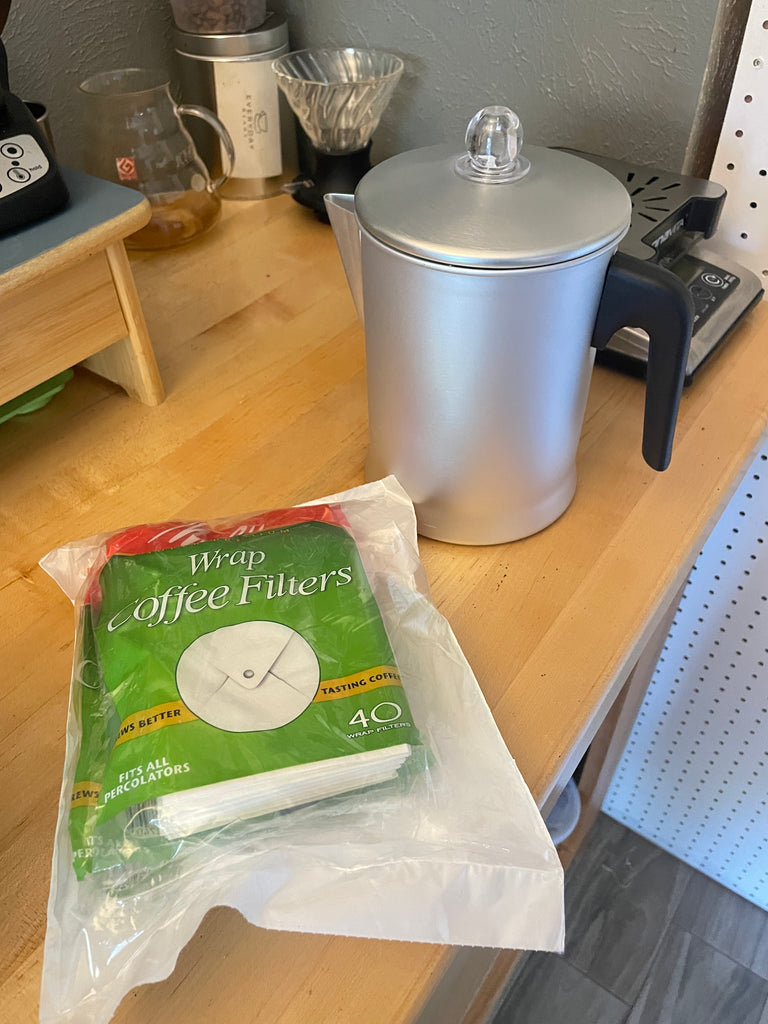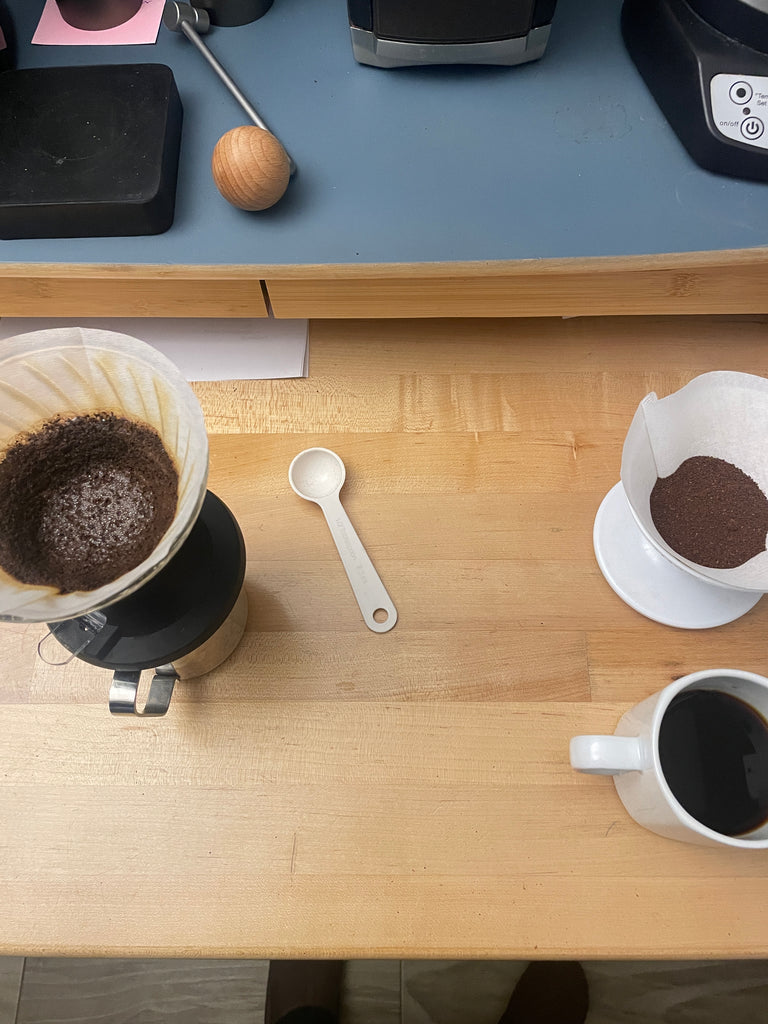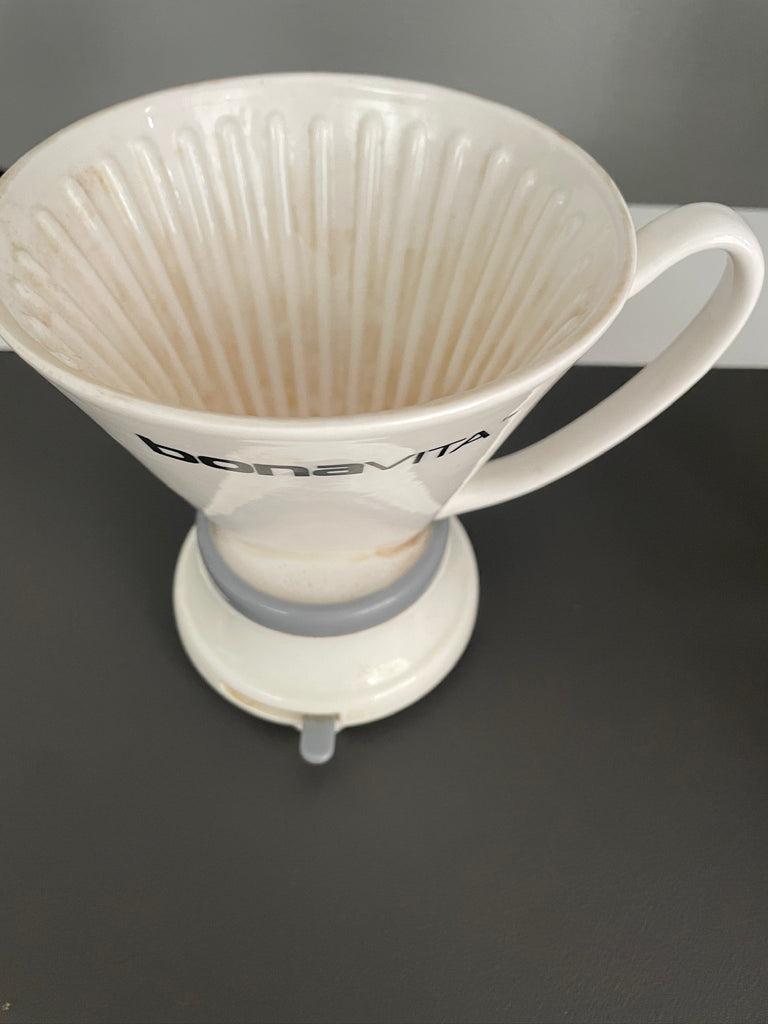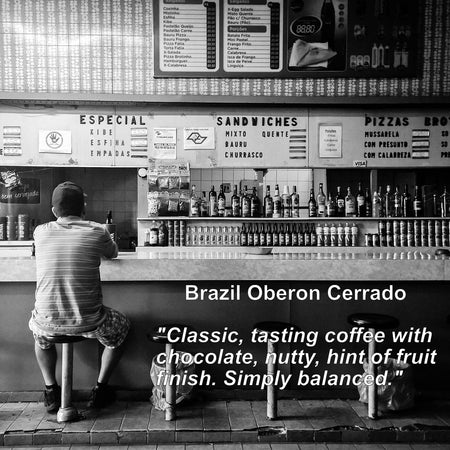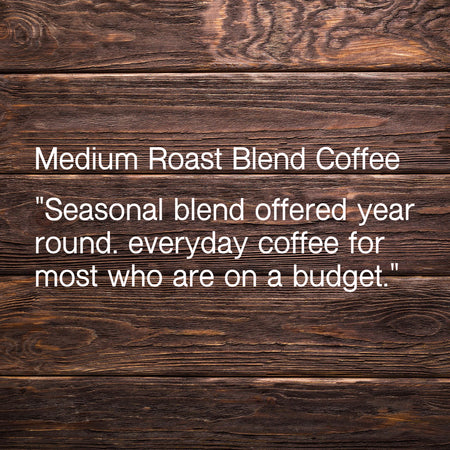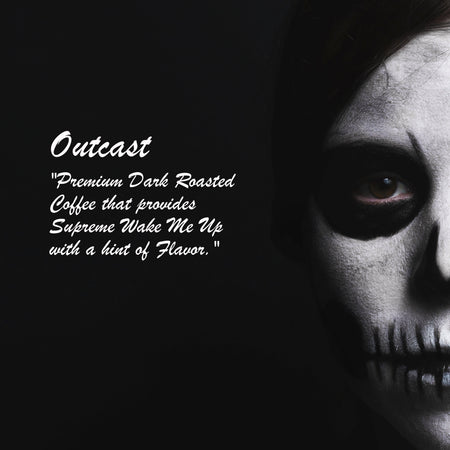As coffee enthusiasts, we often find ourselves trapped in the world of precise measurements, exact temperatures, and strict brewing ratios. While this scientific approach has its merits, there's another dimension to coffee brewing that often goes unexplored – the emotional connection between brewer and beverage.
Recently, I embarked on an unconventional journey that challenged everything I knew about coffee brewing. Instead of reaching for my scale and timer, I decided to brew purely based on emotions and intuition. Using a remarkable Brazilian coffee known for its intoxicating red fruit aroma, I conducted a series of experiments that would forever change my perspective on coffee preparation.
The Experiment
The premise was simple: brew coffee without measurements, guided only by the emotional outcome I desired from each cup. Using my experience as a foundation, I trusted my instincts while maintaining awareness of basic brewing principles. This wasn't about abandoning knowledge – it was about applying it more freely and intuitively.
For this experiment, I used four different brewing methods:
French Press: Seeking Intensity When I approached the French Press, I wanted something "violent" and intoxicating. Breaking from convention, I aggressively stirred the brew, resulting in a surprisingly vibrant cup with pronounced lemony notes. While this might make traditional brewing experts cringe, the result was exactly what I was emotionally seeking.
AeroPress: Finding Mellowness With the AeroPress, I aimed for a mellower experience. By taking a gentler approach and reducing agitation, the coffee expressed itself differently, creating a more contemplative drinking experience that matched my intended emotional state.
Mr. Coffee Machine: Unexpected Brilliance Perhaps the biggest surprise came from the humble Mr. Coffee Machine. Brewing slightly stronger than usual resulted in a juicy, vibrant cup that perfectly captured the red fruit notes present in the coffee's aroma – something that often proves elusive in the cup.
Percolator: Subtle Complexity The final experiment involved a 17-18 minute percolator brew, producing a subtle yet complex cup with approachable lemon acidity. While slightly bitter when cool, it demonstrated how different brewing methods can reveal various aspects of the same coffee.
Key Learnings
This experiment revealed something profound: when we release ourselves from the constraints of perfect measurements, we open up new possibilities for enjoying coffee. It's not about abandoning knowledge or technique – it's about using them as a foundation for more intuitive brewing.
The most liberating aspect was the freedom from self-criticism. Without specific metrics to judge against, each cup became an experience to embrace rather than a result to critique. This approach allowed for a more personal and meaningful connection with each brewing session.
Moving Forward
While I'm not suggesting we abandon our scales and timers entirely, incorporating emotional brewing sessions into our routine can add a new dimension to our coffee experience. Perhaps once or twice a week, try brewing by feel. Let your mood guide your brewing decisions. Trust your instincts and experience.
The beauty of this approach lies in its personal nature. Your emotional brewing journey will be uniquely yours, influenced by your experiences, preferences, and the particular connection you have with coffee.

